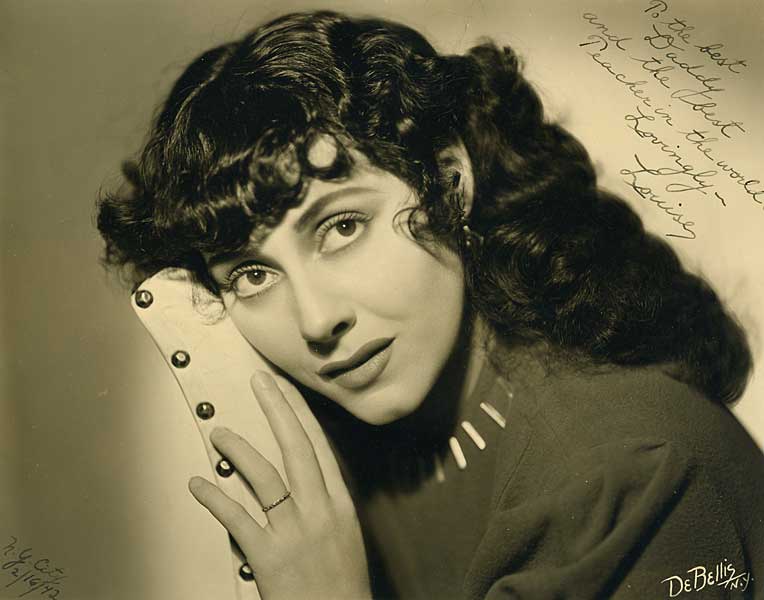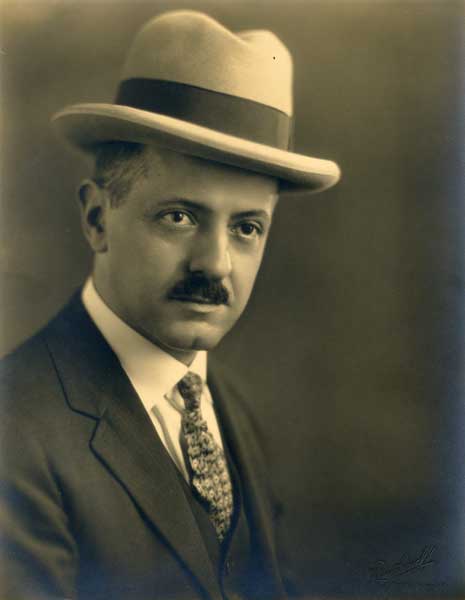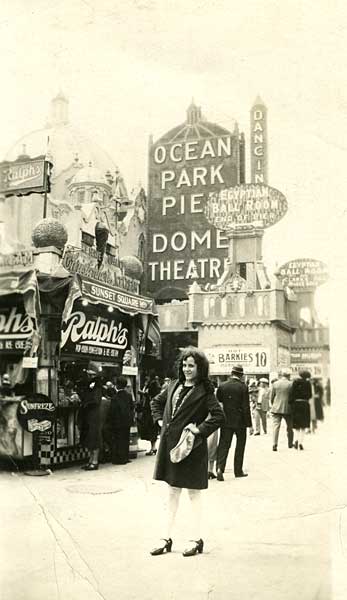Louise Caselotti, opera singer, circa 1940
Guido Caselotti, about thirty years old, circa 1915
Maria Caselotti, mother of Louise Caselotti, circa 1925
Adriana Caselotti as a teenager, circa 1930.
Louise Caselotti; an introduction
Aside from the fact that her sister Adriana Caselotti was the voice of Snow White, and that she taught Maria Callas from January 1946 to June 1947, not much is known about Louise Caselotti.
The facts and knowledge that I present here derive from what Louise recounted to me over the many years that I spent studying voice with her and being one of her closest friends. Some of the information might be incomplete, especially about her father; how and when he came to America and got his start here.
Louise Caselotti had a contralto voice and sang opera professionally from the mid 1920’s to the mid 1940’s. Her repertoire consisted mainly of Azucena in Verdi’s Il Trovatore, Amneris in Verdi’s Aida, and the title role in Bizet’s Carmen, which she performed on stage over 400 times. She also gave numerous Lieder and art song recitals.
From a very early age, Louise studied piano and was on track to become a concert pianist. She abandoned that idea however in her early teens, when she became interested in singing. Guido Caselotti, her father, taught Louise how to play the piano, and later how to sing. Guido had immigrated from Italy to the US in the first decade of the twentieth century and settled in Bridgeport, Connecticut. There he met Maria Orefice, a young woman in a church choir he was directing and soon married her. The couple had two daughters; Louise (Marie Louise, b 1910,) and Adriana (b 1916.) Guido Caselotti had studied singing in Italy with the famous baritone and voice teacher Antonio Cotogni. Guido was a tenor, and he taught both Maria (Louise’s mom,) and Louise how to sing. Maria Caselotti was a lyric soprano and sang professionally in the US, Italy, and Cuba. According to Louise, her younger sister Adriana, didn’t really study singing, but rather learned by imitating her mom. Adriana would become famous in 1937 as the voice for Walt Disney’s Snow White.
Louise did some movie work as well, playing the female lead in two of the first Italian Talkies made in Hollywood. In 1930 she was the leading lady in Sei Tu L’Amore, starring opposite and singing with Italian pop singer Alberto Rabagliati. In 1931 she was the leading lady in Il Grande Sentiero (the Italian language version of The Big Trail,) starring opposite Frank Corsaro. In the 1940’s, Louise was under contract to play the title role in a film version of Carmen, but the production was nixed, and the studio made The Loves of Carmen with Rita Hayworth instead.
Louise was a voice teacher of note. Her most famous pupil was Maria Callas. Callas met Louise at the end of 1945, shortly after returning to the US from Greece after WWII. She studied intensely with Louise for a year and a half, from January 1946 to July 1947. According to Louise, during that period, Callas came to Louise’s apartment to study voice every day, save for two or three days. Callas would usually arrive at ten or eleven a.m., and she and Louise would work at the voice for five or six hours. Callas never got tired. After they had finished with the singing, Callas would have dinner with Louise and her husband Eddy (Eddy Bagarozy,) and go home at ten or eleven p.m. The period of study ended when Callas was engaged to sing La Gioconda at the arena in Verona, Italy in the summer of 1947. (More to follow about Louise’s teaching, her thoughts on voice, Callas, and the circumstances that led to Callas’ Italian debut.)
Louise was a consummate artist and often described her own voice as one of the deepest and darkest in the business. You can hear her in the video above. She sings the duet “Ai Nostri Monti” from Verdi’s Il Trovatore with her father Guido, singing tenor. The recording was made circa 1955 at her father’s voice studio in San Gabriel, CA. (Guido was about 70 and Louise, about 45.) I am not sure who plays the piano, it could have been either of them.



